
Smartwatches have become increasingly essential for those looking to stay on top of their health goals and monitor vital metrics. By 2025, these wearables are expected to feature even more sophisticated sensors, enhanced software integration, and unprecedented precision in tracking key health parameters. In this article, we’ll explore the best smartwatches for health monitoring, focusing on five standout devices predicted to dominate the 2025 smartwatches market. We’ll delve into their primary health features, design strengths, and the unique advantages each one brings to the table. If you’re specifically interested in Android-based options, don’t miss our comprehensive guide on Android Smartwatch. And if you’d like a closer look at Apple’s latest rugged offering, check out our detailed Apple Watch Ultra 2 Review.
1. Why Health Monitoring Has Become a Priority
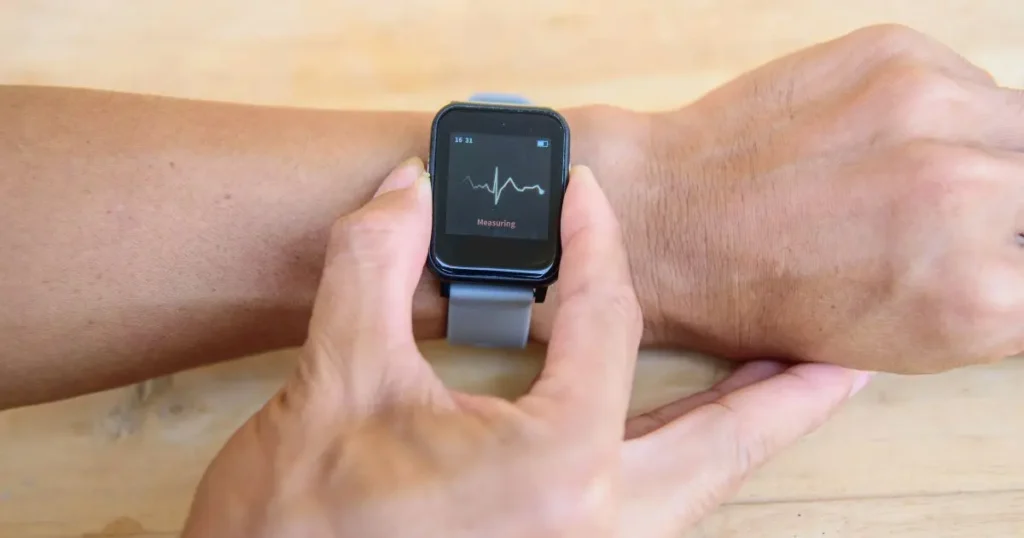
Before diving into our top five picks, it’s worth understanding why health-focused features are now integral to the smartwatch experience:
- Preventive Care
- Advanced sensors for heart rate, ECG (electrocardiogram), and blood oxygen (SpO2) can help spot early warning signs of potential health issues.
- Users can share this data with healthcare providers for more informed diagnoses.
- Holistic Wellness
- Smartwatches today go beyond counting steps—they monitor sleep quality, stress levels, menstrual cycles, and more.
- Detailed daily reports offer insights that empower users to make better lifestyle choices.
- Chronic Condition Management
- Wearables assist individuals with diabetes, high blood pressure, and other chronic conditions by providing continuous data and alerts.
- Through real-time reminders and analytics, users can stay on track with medication, dietary guidelines, and routine check-ups.
- Fitness Goals and Motivation
- From running to HIIT workouts, personalized coaching features keep users motivated.
- Gamification elements—such as achievement badges and community challenges—turn fitness into a social and engaging experience.
As technology continues to evolve, 2025 smartwatches are poised to become indispensable tools that blend health tracking with lifestyle convenience.
2. Criteria for Selecting the Best Smartwatches for Health Monitoring
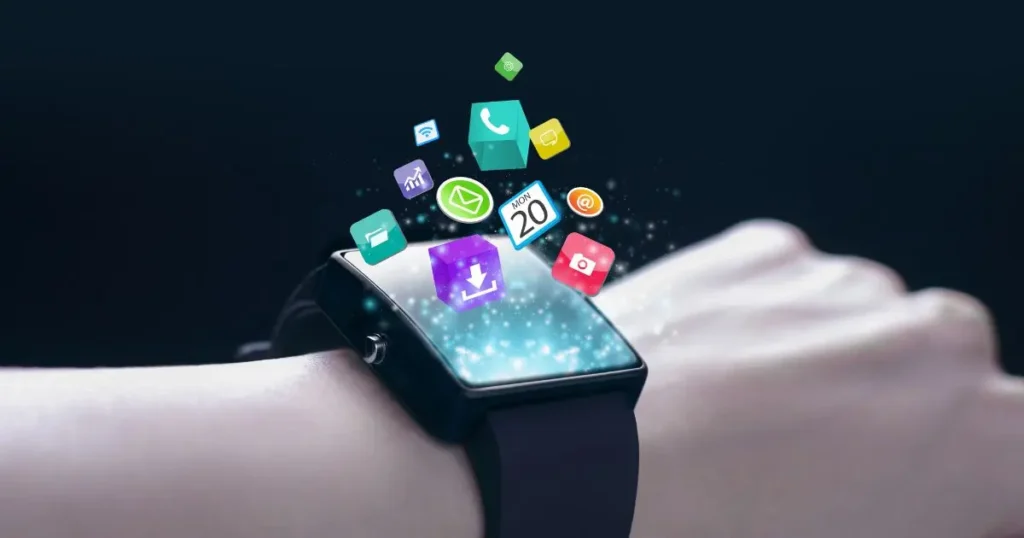
With so many devices on the market, narrowing down the top five can be challenging. Here are the key criteria we used:
- Sensor Accuracy: High-quality ECG, heart-rate, SpO2, and advanced metrics (like blood pressure estimation or temperature sensors) are priorities in health-centric watches.
- Software and Ecosystem: Integration with robust health apps and platforms—where data can be analyzed, stored, and shared—adds enormous value.
- Battery Life: Health tracking throughout the day (and night) requires a battery that can keep up with continuous monitoring.
- Build and Comfort: A comfortable design ensures consistent usage, while durable materials withstand everyday wear and tear.
- Future-Proof Features: Watches that include or plan to include updates like advanced glucose monitoring, improved stress tracking, or AI-based coaching are ahead of the curve.
3. The Top 5 Smartwatches for Health Monitoring in 2025
Below is our curated list of five devices leading the pack in health monitoring features. While some of these models are based on evolved versions of current favorites, we anticipate significant advancements by 2025.
1. Apple Watch Series 11
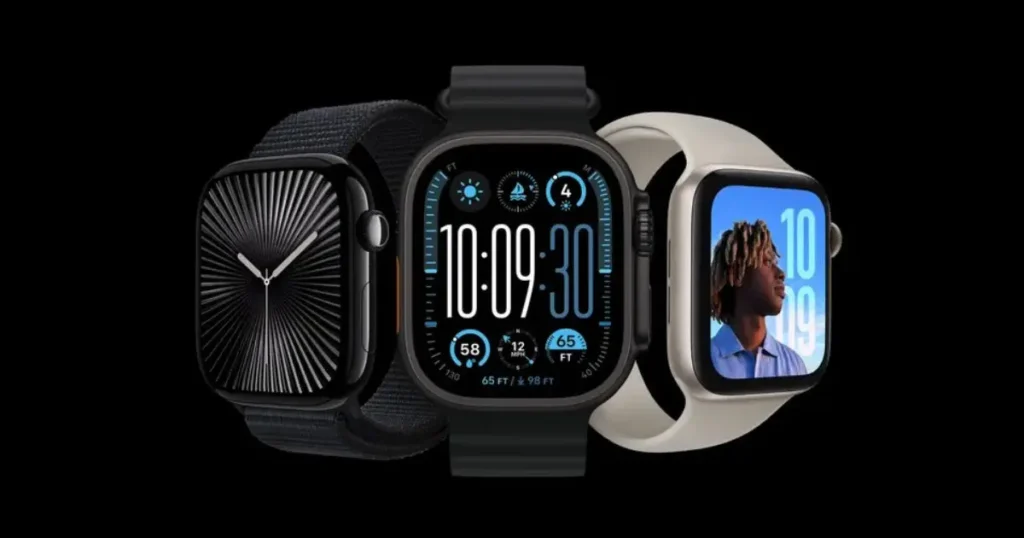
Why It Stands Out
Apple has been a pioneer in merging consumer electronics with health-tracking technology. The Apple Watch Series 11 is expected to refine this approach even further, potentially offering:
- Non-Invasive Glucose Monitoring: Rumors suggest Apple is exploring optical sensors for glucose tracking, a game-changer for users with diabetes or those looking to manage sugar levels.
- Improved Cardiac Insights: Building on its ECG and AFib (atrial fibrillation) detection, the Series 11 may offer continuous arrhythmia monitoring and advanced heart recovery metrics.
- Tighter Integration with Apple Health: The watchOS ecosystem already syncs with medical records (in supported regions), and future software updates could allow for more in-depth data analysis.
Health Features to Watch
- Enhanced SpO2 sensor with faster readings.
- Refined stress monitoring, linked to guided breathing exercises and mental wellness tips.
- Potential for advanced blood pressure estimations or real-time alerts for unusual heart-rate dips or spikes.
Pros
- Polished UI with watchOS 11.
- Seamless integration with iPhone and Apple’s Health ecosystem.
- Vast third-party app support.
Cons
- Premium pricing.
- Limited battery life—Apple’s watches have historically hovered around 1-2 days on a charge.
Where to Learn More
For the latest official details or to purchase, visit the Apple Watch webpage.
2. Samsung Galaxy Watch 8

Why It Stands Out
Samsung’s line of Galaxy Watches has steadily improved in health tracking. By 2025, the Galaxy Watch 8 could adopt an advanced version of Wear OS, blending Google’s robust app ecosystem with Samsung’s sensor expertise.
- Multi-Sensor Array: Samsung was early to adopt ECG, blood pressure tracking (where approved), and body composition analysis in its watches. The Watch 8 may bolster these features with even more accurate readings and faster calibration times.
- Enhanced Sleep Coaching: Samsung’s approach to sleep tracking uses AI-driven feedback, offering personalized tips on bedtime routines, sleeping positions, and stress management.
Health Features to Watch
- Potential expansion of body composition metrics, detailing muscle vs. fat mass trends in real time.
- Deep integration with Samsung Health, offering daily or weekly health scorecards that incorporate diet, exercise, and sleep data.
Pros
- Durable build materials, often with MIL-STD-810G certification for toughness.
- Rotating (or digital) bezel for easy navigation.
- Compatibility with both Android and iOS devices, although best optimized for Samsung phones.
Cons
- Battery life may vary significantly if advanced sensors run continuously.
- Some specialized health features (e.g., blood pressure tracking) require periodic calibration with a traditional cuff.
Where to Learn More
Visit Samsung’s official Galaxy Watch page for more info and purchase options.
3. Fitbit Sense 3
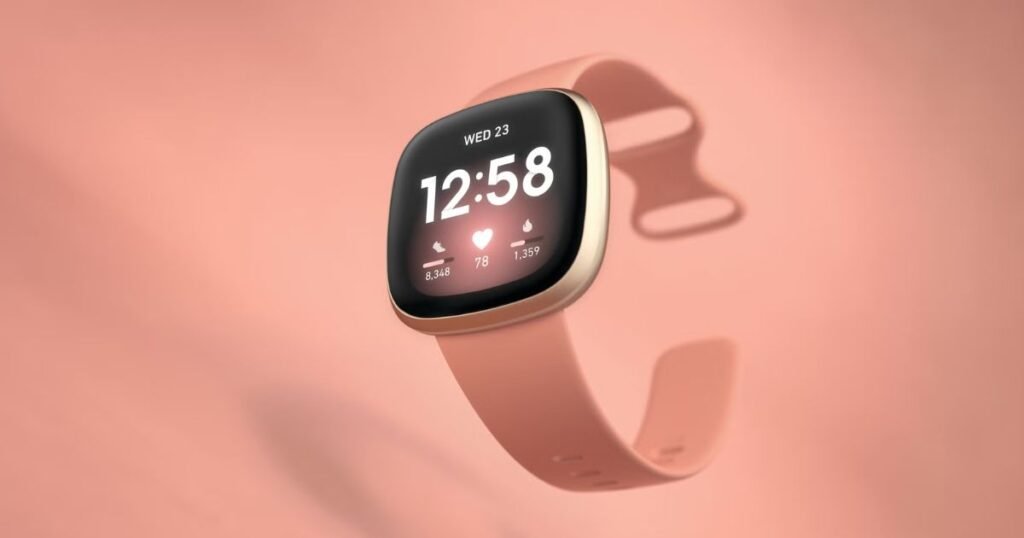
Why It Stands Out
Fitbit has long been a favorite for step counting and heart-rate tracking. The Fitbit Sense 3—possibly refined under Google’s ownership—promises a holistic health focus for users less concerned with phone-like smartwatch capabilities.
- Stress Management: Building on the EDA (electrodermal activity) sensor from earlier models, Sense 3 could expand stress monitoring to include AI-based guided meditations and personalized relaxation plans.
- Advanced Female Health Tracking: Fitbit already offers robust menstrual and ovulation tracking, and future updates may layer in hormone fluctuation metrics or integration with fertility apps.
Health Features to Watch
- Continuous ECG scanning in the background for high-risk users.
- Automatic detection of arrhythmias with real-time notifications.
- Potential integration of advanced respiratory rate monitoring during both sleep and exercise.
Pros
- Industry-leading battery life (often around 5-6 days).
- Extensive fitness community, badges, and social challenges.
- Straightforward UI that appeals to casual and serious athletes alike.
Cons
- Limited third-party apps compared to Apple or Samsung.
- Some advanced features (like detailed stress and sleep reports) may require a Fitbit Premium subscription.
Where to Learn More
Check the official Fitbit store to see the latest offers on Sense models.
4. Garmin Venu Next
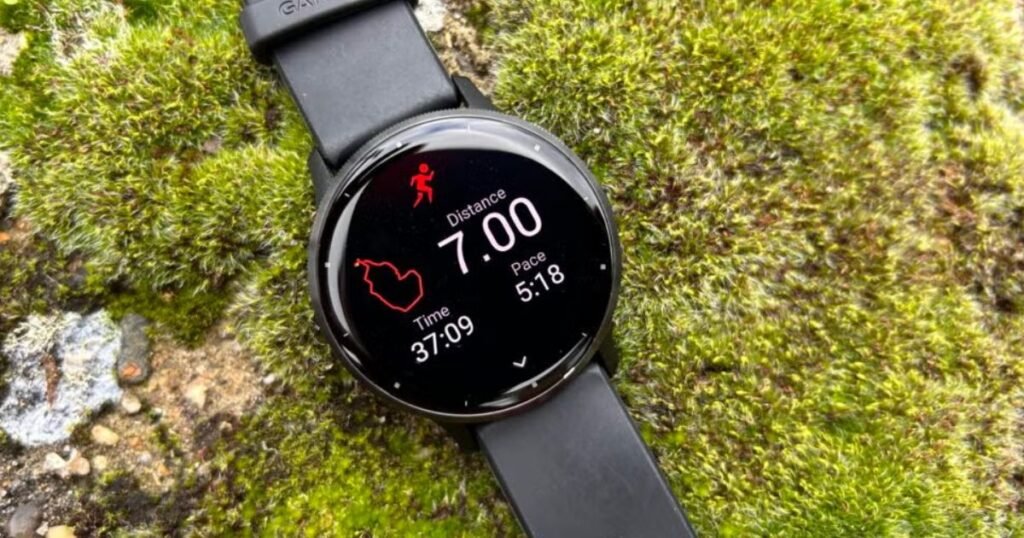
Why It Stands Out
Garmin is renowned for its GPS expertise and athlete-focused features. The Venu series introduced AMOLED screens for a more lifestyle-friendly look, and by 2025, the Garmin Venu Next could blend style with cutting-edge health insights.
- Sports and Adventure Tracking: Expect multi-band GNSS (Global Navigation Satellite Systems) for highly accurate tracking, along with specialized workout modes for everything from triathlons to paddleboarding.
- Deep Recovery Metrics: Garmin’s Body Battery and advanced sleep staging are already top-tier. Additional metrics may include post-workout muscle recovery times or real-time lactic acid estimates (if sensor tech allows).
Health Features to Watch
- Expanded ECG capabilities integrated with Garmin Connect for in-depth cardiac analyses.
- Evolved stress and respiration tracking, possibly employing new wearable sensors for even greater accuracy.
Pros
- Outstanding battery life, even with GPS usage.
- Rugged designs suitable for outdoor sports, plus water-resistance ratings up to 5 ATM.
- Comprehensive data analysis via Garmin Connect.
Cons
- Fewer third-party apps compared to Wear OS or Apple’s ecosystem.
- The interface can feel complex for beginners unaccustomed to Garmin’s deep metrics.
Where to Learn More
For purchasing details or official specs, visit the Garmin Wearables page.
5. Google Pixel Watch 3
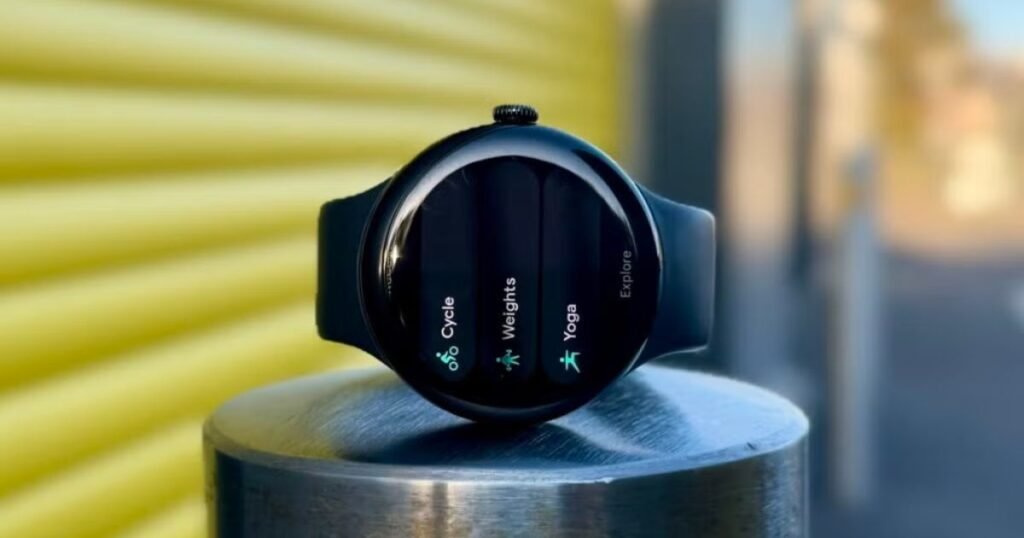
Why It Stands Out
With the original Pixel Watch, Google merged Fitbit’s health ecosystem into Wear OS, offering a unique blend of everyday convenience and robust fitness tracking. By 2025, the Pixel Watch 3 might fully unlock that potential.
- Unified Google-Fitbit Platform: With more time to integrate Fitbit’s algorithms, the Pixel Watch 3 could deliver advanced heart metrics, daily readiness scores, and comprehensive coaching suggestions.
- Watch-Focused AI: Google’s AI may deliver contextual notifications, such as prompting a breathing exercise if it detects stress patterns, or suggesting a brisk walk if you’ve been sedentary for too long.
Health Features to Watch
- Automatic workout detection across a wide range of exercises, enhanced by machine learning.
- Potential improvements to sleep tracking, including bedtime routine suggestions that sync with Google Home’s ecosystem (lights, thermostats, etc.).
Pros
- Deep synergy with Android devices, especially Pixel phones.
- Seamless integration of Google services (Assistant, Maps, Calendar).
- Solid balance between a sleek design and robust health features.
Cons
- Battery life is typically shorter for Wear OS devices with vibrant displays.
- Some advanced Fitbit-based features might require a subscription (similar to Fitbit Premium).
Where to Learn More
Explore the Google Store for Pixel Watch purchase details and announcements.
4. Additional Tips for Choosing a Health-Focused Smartwatch
Even after reviewing our top five picks, choosing the right smartwatch can be tricky. Here are a few considerations:
- Check Compatibility
- Ensure the watch’s operating system pairs seamlessly with your smartphone. iOS users often find the Apple Watch more convenient, while Android users may prefer Wear OS or Samsung’s offerings.
- Battery vs. Features
- Continuous monitoring of heart rate, ECG, or SpO2 can drain batteries quickly. If multi-day endurance is a priority, look for devices known for efficiency (Fitbit, Garmin).
- Sensors Matter
- Don’t just look for an ECG label; research the accuracy and reliability. Some features (like blood pressure tracking) may require calibration or region-specific regulatory approvals.
- Lifestyle Integration
- A watch that fits your style may encourage you to wear it more consistently. Comfort and design are crucial for all-day, all-night usage—especially for tracking sleep.
- App Ecosystem
- Consider the native health app’s depth and user-friendliness. Third-party app support can expand functionality, but your main data hub is often the watch’s default companion app.
5. Frequently Asked Questions (FAQ)
Q1: Do I really need ECG and SpO2 sensors on my smartwatch?
A: While these sensors can provide valuable insights, their necessity varies by individual. If you have a history of cardiac issues or simply want an extra layer of health monitoring, these features can be beneficial. For casual users, a solid heart-rate sensor and sleep tracking might be sufficient.
Q2: How accurate are blood pressure readings on smartwatches?
A: Generally, smartwatch blood pressure readings are approximations. Manufacturers like Samsung use calibration methods involving a traditional cuff. For medical-grade accuracy, consult a healthcare professional.
Q3: Will these 2025 smartwatches be future-proof?
A: Tech evolves rapidly, but flagship models from major brands often receive software updates for several years. Look for companies with a strong track record of delivering meaningful firmware updates to extend device longevity.
Q4: Can these watches diagnose medical conditions?
A: No. They offer health insights and can highlight irregularities (e.g., high heart rate alerts), but they are not replacements for medical diagnostics. Always consult a healthcare professional for concerns.
Q5: Are wearables safe for children or teenagers?
A: Some smartwatches offer youth-friendly features, but always check recommended age ranges. Keep in mind that prolonged device usage can lead to screen-time and dependency issues. Parental guidance is crucial.
6. Final Thoughts
The best smartwatches for health monitoring in 2025 promise to deliver unprecedented levels of data accuracy, personalized insights, and user-friendly interfaces. From Apple’s potential breakthroughs in non-invasive glucose monitoring to Garmin’s continued reign over performance analytics, there’s a device for every type of user. Whether you’re an extreme athlete, a dedicated health enthusiast, or someone seeking simple yet reliable data, the 2025 smartwatches listed here are poised to help you stay proactive about your well-being.
As you consider your options, always weigh factors like battery life, app ecosystems, and sensor reliability. The perfect smartwatch is one that not only collects data but also encourages you to live a healthier, more balanced life. By focusing on innovative health features and robust software support, these five picks are set to redefine how we track and manage our health—turning everyday wristwear into indispensable wellness companions.
